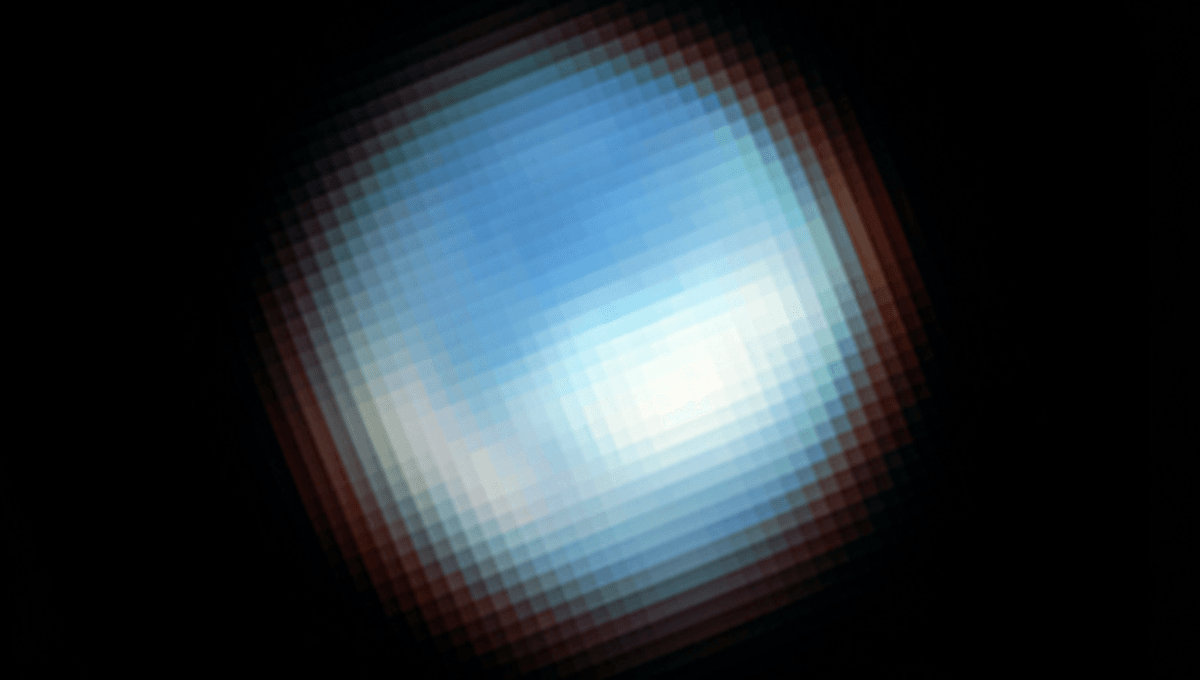Exciting findings from the JWST mission have revealed the presence of carbon dioxide on the surface of Europa, one of Jupiter’s moons. What makes this discovery even more intriguing is that the carbon dioxide seems to originate from the ocean beneath the icy surface, rather than being delivered by meteorites. This has significant implications for the potential habitability of Europa.
Geronimo Villanueva of NASA’s Goddard Space Flight Center, lead author of one of the papers describing the findings, explained, “On Earth, life thrives on chemical diversity – the more diversity, the better. We, as carbon-based life forms, are particularly interested in understanding the chemistry of Europa’s ocean to determine whether it could support life as we know it.”
Samantha Trumbo of Cornell University, lead author of the second paper, added, “We now have observational evidence that the carbon we see on Europa’s surface originated from the ocean. This is a significant discovery, as carbon is an essential element for life.”

Further analysis suggests that the carbon dioxide found on Europa’s surface is not stable, indicating that it must have arrived relatively recently. The highest concentration of carbon dioxide was discovered in the Tara Regio, an area known for its “chaos terrain” caused by resurfacing. Previous observations have shown that the surface ice has been disrupted, allowing for an exchange between the ocean and the surface.
Samantha Trumbo explained, “Previous observations from the Hubble Space Telescope have indicated the presence of ocean-derived salt in Tara Regio. Now, we are seeing a heavy concentration of carbon dioxide in the same area. This strongly suggests that the carbon has its origins in Europa’s internal ocean.”
While scientists continue to debate the extent to which Europa’s ocean connects to its surface, these new findings provide valuable insights. Geronimo Villanueva stated, “This discovery suggests that we may be able to learn important details about the ocean’s composition without having to drill through the ice.”
Although no plume activity, similar to the geysers seen on Saturn’s moon Enceladus, was observed during the JWST mission, it does not rule out the possibility of such activity on Europa. Future missions, like the European Space Agency’s JUICE and NASA’s Europa Clipper, will provide further exploration and shed more light on this fascinating moon.








